Slovenia, between the sea and the mountains
This small country was the first one to declare independence from Yugoslavia. Bordered by a short Adriatic coast that shelters small, Venetian-style little towns (including Koper, Piran and Izola), Slovenia reminds one of the fact that Italy used to have territories that extended to the opposite side from its eastern coast, also covering a part of Croatia, called Istria. The mountains occupy the north of the country which is home to the edge of the Alps. Slovenia’s highest peak is the Triglav mountain, at 2,864 metres. At the south, this region is neighboured by numerous lakes, the best-known being Lake Bled. A castle on a cliff overlooks the lake, offering a very beautiful view of the site.
In the middle of the lake is a small island with a church that can be accessed by boat or swimming. By spending time at Vila Bled, a hotel that used to be Tito’ summer residence, you will plunge into the communist past. The 50s-style chandeliers and salons, as well as the large fresco representing socialist realism, place one into the slightly distressing atmosphere of the time.
Lake Bohinj is bigger and wilder. Going through the lake with a canoe helps one to explore its shores more easily. At the east of the lake, departures for treks to the Alps and a ski lift towards the resort allow for directly enjoying the mountain that embraces the water. Viewed from the summits, the lake is grandiose.
Between the sea and the mountains is an area of caves, the Karst Plateau, which has given its name to other rocky formations of the same type. The Predjama Castle is incredible: it lies at the entrance of and partly inside a cave. The Postojna Cave, where one can descend thanks to a little red train, is endowed with stalactites and remarkable draperies.
One cannot leave Slovenia without visiting Ljubljana, its capital. Large commercial avenues and Austro-Hungarian style pavements take one all the way to river Ljubljanica, which one can cross through finely built white stone bridges. In the middle of the city, a hill covered by forests and overlooked by a castle allows one to get some fresh air. The immense edifice is surrounded by ramparts from which one can admire a view of the city and the nearby Alps. While being a small country, Slovenia has many marvellous places to explore!
Malta: Gozo, an authentic island
Gozo (Għadwex in Maltese) is a Maltese island that has known how to retain the charm of the old days. In contrast with the main island, very densely inhabited, Gozo has few inhabitants. At the centre of its capital, Rabat, there is a thickly fortified citadel that harbours a remarkable cathedral. The Ġgantija complex, a few kilometres away, has one of the few bronze-age temples that are still standing today. It is composed of rounded, ceilingless halls whose floor plans are in the shape of leaves. From the outside, one is impressed by the height of the stone blocks that these people have brought to the site with rudimentary tools.
The rest of the island is very rural, with big wild areas: it is scattered with villages made of white tufa stone, like most Maltese buildings. The churches often have a dome typical of the country, notably in Mġarr.
Rocky slopes and other spaces unfit for cultivation are covered by garrigue. The countryside is sprinkled with rectangular fields surrounded by stone walls, designed for stopping the strong dry winds that blow frequently. When one goes there in the spring, the spectacle is magnificent: the garrigue, the paths and the fallow lands are covered in flowers, poppies are scattered across the bean fields, and the greenness of the fields contrasts with the white of the stones.
The central south of the island offers a brilliant spectacle thanks to the tall white cliffs, like those at Sanap. The numerous salt mines carved into the rocks adorn the seaside with their geometric forms in the proximity of certain villages. The rest of the coasts, for their part, offer very beautiful bathing sites. They are sprinkled with deep rocky inlets, which one generally reaches through a very steep, small route. They are sometimes surrounded by cliffs, sometimes neighboured by a fishing village with colourful boats.
One mustn’t leave Gozo without having bathed on ir-Ramla, the island’s largest beach with extremely fine gold-coloured sand. A cave where nymph Calypso accommodated Odysseus overlooks the beach. From this location, the view of the golden band detached from the steep coast is remarkable. One can be certain to feel the change of scenery!
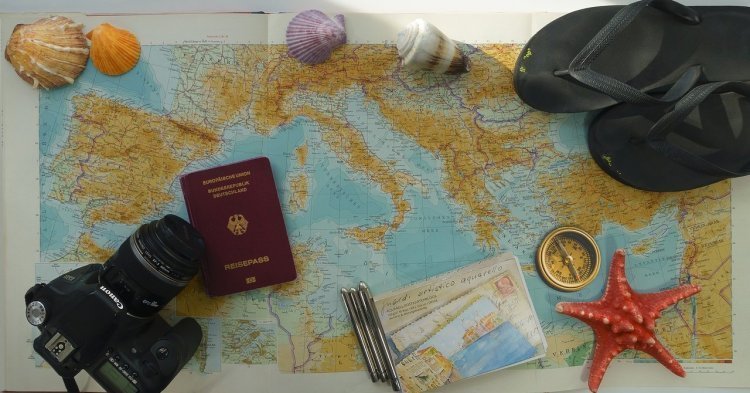
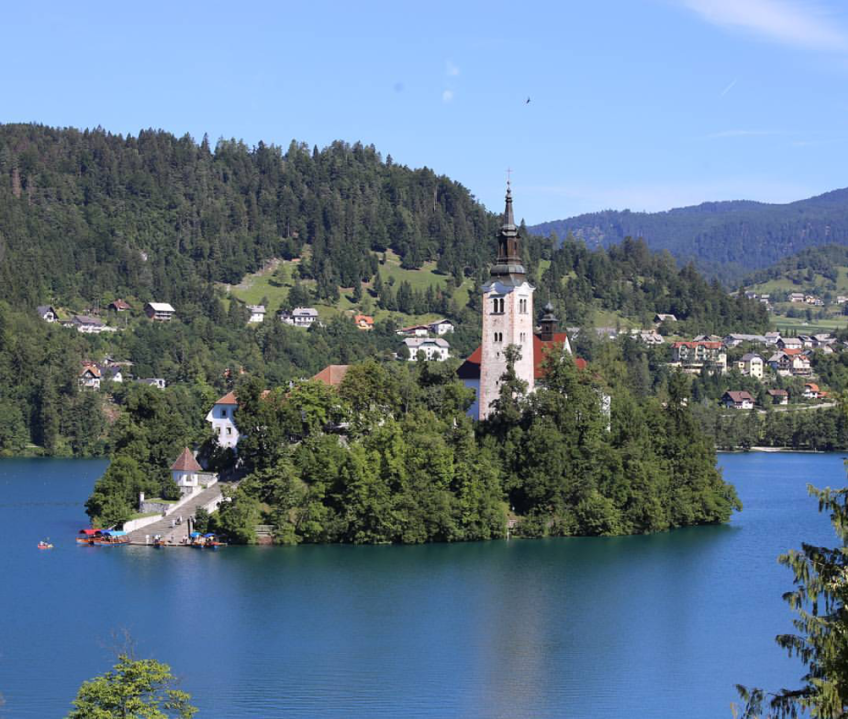
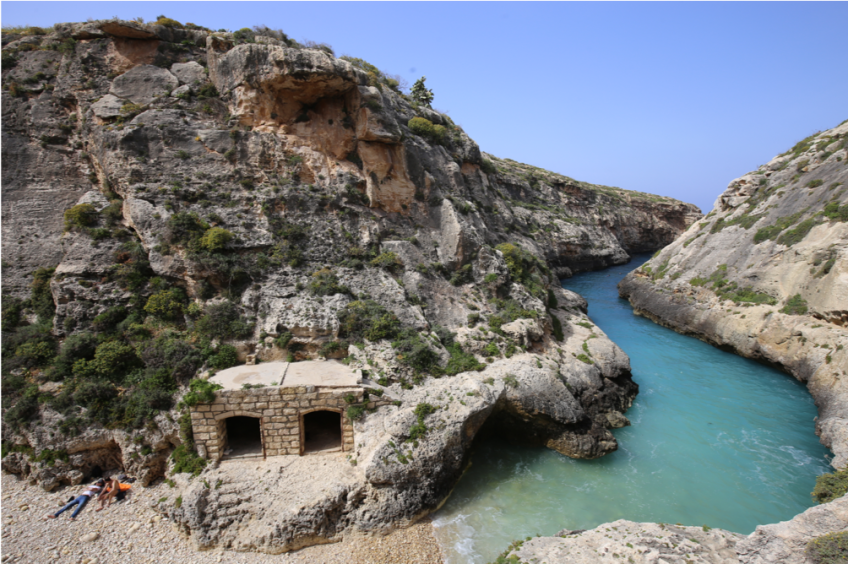

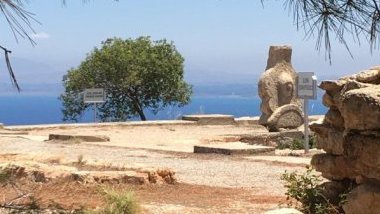
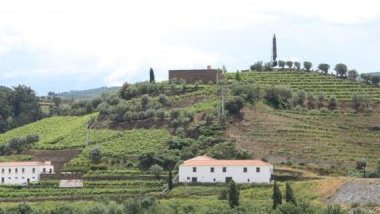
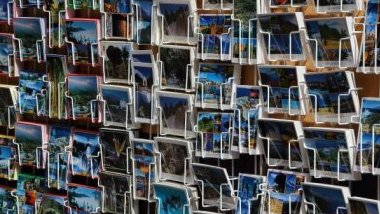
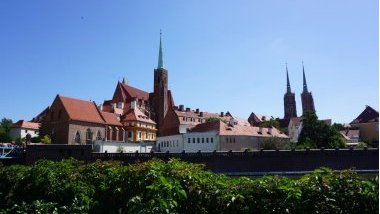
Follow the comments: |
|
